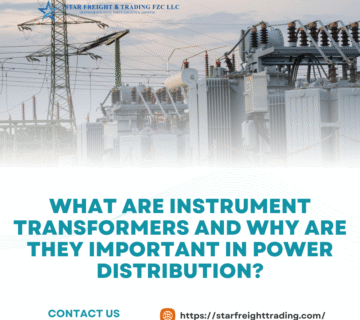When we think about electricity, fuel for cars, or even heating for homes, a big part of it comes from oil and gas. But how do oil and gas plants actually work to make sure we always have the energy we need? Let’s break it down in simple words. Our Services
Step 1: Getting the Oil and Gas
The journey starts with extracting crude oil and natural gas from deep under the earth. This is done through drilling wells on land or offshore (in the sea). Once pulled out, the raw materials are sent to processing plants.
Step 2: Processing and Refining
Raw oil and gas cannot be used directly. Oil goes to refineries where it is cleaned and separated into different products like petrol, diesel, jet fuel, and even materials used to make plastics. Natural gas goes through gas plants where it is purified and made safe for homes and industries.
Step 3: Power Generation
In many power plants, natural gas is burned in turbines to produce electricity. Oil can also be used, though gas is more common because it is cleaner and more efficient. This electricity is then supplied to cities, factories, and homes.
Step 4: Meeting Daily Demands
Energy needs change every day. For example, more electricity is used during hot summer days when air conditioners are running. Oil and gas plants are designed to adjust quickly to meet these changing demands, making sure there is no shortage.
Step 5: Storage and Distribution
Once refined, oil products are stored in tanks and then transported by pipelines, ships, or trucks. Natural gas is often sent through pipelines straight to homes, industries, or power stations. This supply chain ensures energy is available almost everywhere, anytime.
Why Oil and Gas Still Matter
Even though renewable energy like solar and wind is growing, oil and gas still play a major role in powering the world. They provide a reliable and steady energy supply that helps industries run, vehicles move, and homes stay lit.
How Does Oil And Gas Produce Energy?
Oil and gas produce energy by being burned as fuel. These fuels are made from ancient plants and animals that turned into oil and gas deep under the earth over millions of years. When we take oil or gas out of the ground, it is sent to power plants, factories, or vehicles. In power plants, the fuel is burned to make heat, which boils water and creates steam. This steam spins turbines, and the turbines generate electricity. In vehicles, oil is turned into petrol or diesel, which burns inside engines to move the car. Gas is also used directly in homes for cooking and heating. So, the basic idea is simple: oil and gas store energy from the past, and when we burn them, that energy is released to power our modern world.
What Are The Roles Of The Oil And Gas Industries In The Energy Transitions?
The oil and gas industries play an important role in the global shift toward cleaner and more sustainable energy. Even though the world is moving towards renewable sources like solar and wind, oil and gas are still major suppliers of energy for homes, businesses, and transport. These industries also have the money, technology, and skilled workers that can help speed up the energy transition. For example, oil and gas companies are investing in renewable projects, improving energy efficiency, reducing carbon emissions, and developing new solutions like carbon capture and hydrogen fuel. In short, while oil and gas remain necessary for meeting today’s energy needs, these industries are also key players in building the cleaner energy systems of tomorrow.
Conclusion
Oil and gas plants work like giant energy factories. They extract raw fuel, clean it, convert it into usable forms, and distribute it across the world to keep up with our everyday energy needs. Contact Us
Frequently Ask Questions
1. What is an oil and gas plant?
It’s a facility that processes crude oil and natural gas into usable products like fuel, power, and petrochemicals.
2. What products come from oil and gas plants?
They produce gasoline, diesel, jet fuel, heating oil, LPG, and feedstock for plastics and chemicals.
3. How does an oil and gas plant work?
The plant separates, refines, and treats crude oil and natural gas through processes like distillation and cracking.
4. Are oil and gas plants safe?
Yes. Plants follow strict safety standards, monitoring systems, and emergency protocols to protect workers and communities.
5. What’s the environmental impact of oil and gas plants?
They emit greenhouse gases and produce waste, but modern plants use technology to reduce emissions and improve efficiency.
6. Who works at oil and gas plants?
Engineers, operators, technicians, and safety specialists run daily operations and ensure the plant works smoothly.





No comment